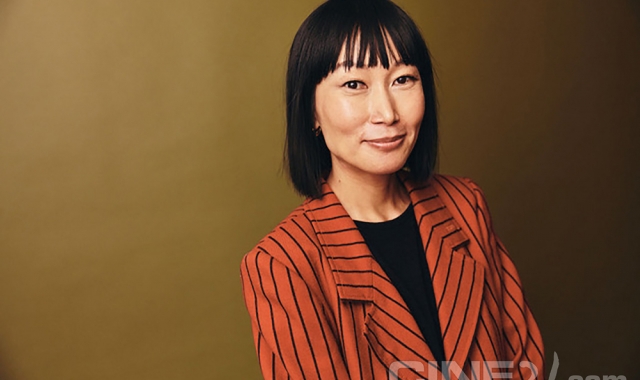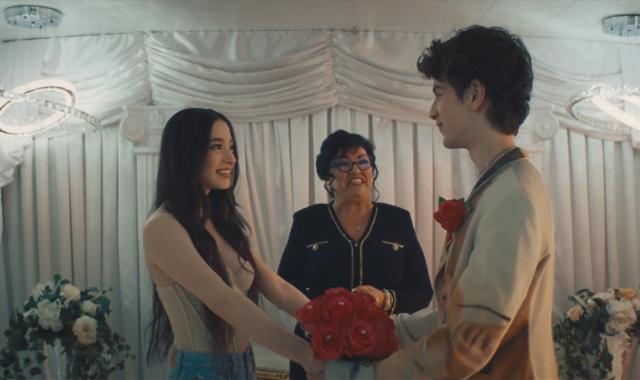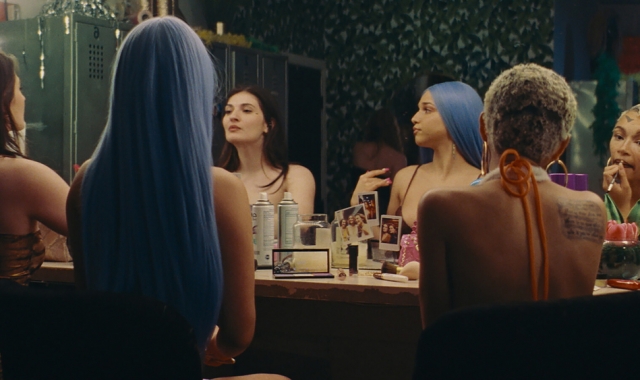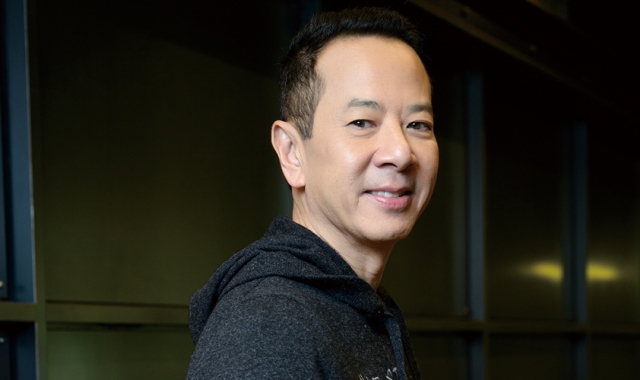
지난 몇년간 할리우드는 점점 더 심각해지는 위기를 겪고 있는데 절대 기사화되지 않고 있다. 더 간단하게 말하자면, 마지막으로 미국 성격파 배우의 연기를 즐긴 적이 언제였는지?
성격파 배우는 스타 뒤의 인간 무대장치이며, 연기의 화폭에 질감을 더해주는 붓터치로 영화에 개성과 깊이를 부여한다. 예를 들어 황금기 할리우드 웨스턴을 볼 때, 존 웨인이나 게리 쿠퍼나 제임스 스튜어트에 집중하고 있더라도 우리의 잠재의식적 시선은 월터 브레넌이나 워드 본드, 존 아일랜드 등의 성격파 배우의 연기를 보고 있기도 하다.
일부 성격파 배우들은 마침내 스타가 되기도 한다. 어네스트 보그나인이나 리 마빈이 그 고전적인 예다. 또한 일부 스타들도 나중에 성격파 배우가 되기도 한다. 잭 니콜슨, 그리고 심지어 아놀드 슈워네거도 그 방향으로 가고 있다. 그렇지만 일반적으로 제1인자의 자리를 차지하기엔 충분히 예쁘지 않거나 연기력이 너무 뛰어나기에 성격파 배우는 장수의 특징이 더 강하다.
1970년대 미국 성격파 배우 한 세대 전체가 뒤를 잇는 사람 없이 전멸당하고 말았는데, 이는 할리우드가 1960년대부터 좇기 시작한 청년층 시장을 계속 추구하고 있으면서 전통적인 스튜디오 시스템(성격파 배우들을 계약직으로 양성했던 것임)이 더이상 존재하지 않았기 때문이다. 서로 차이가 많이 나는 여러 세대가 스크린에서 공존하던 진정한 앙상블 연기는 서서히 사라졌고, 이제는 경험이 풍부한 고참병들이 경험이 적거나 아예 없는데다가 개성이라곤 더더욱 없는 젊은 스타들을 상대로 조연이나 찬조 출연하는 것이 표준이 돼버리기까지 했다.
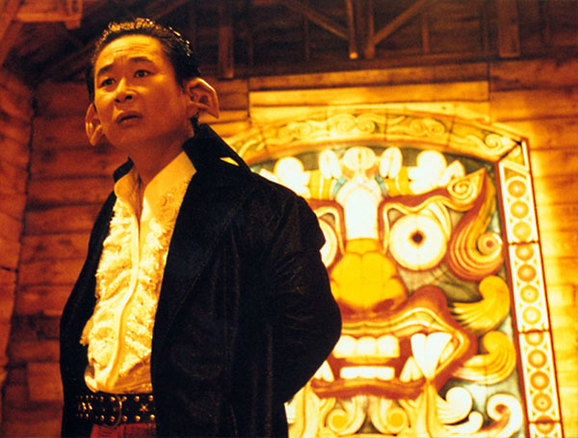
영국과 유럽과는 달리, 미국은 스튜디오 시스템의 소멸 때문에 잃은 성격파 배우 공급을 보충할 유수 깊은 연극의 전통이 없다. 미국 배우들은 “현장에서 일하면서” 연기를 배우든가(이 방법은 항상 모 아니면 도다) TV(이는 역시 청년층 위주이며 고정관념에 편승한다)에서 일하면서 배운다. 지난 10여년 동안 할리우드는 성격파 역할에- 특히나 그저 예쁘고 젊은 얼굴만으로는 안 되는 의상 또는 역사물 영화의 경우, 점차적으로 영국이나 호주에서 온 배우들에 의존해오고 있다.
성격파 배우는 쉽게 생겨나는 것이 아니며, 다시 그 자리를 메우려면 시간이 걸린다. 그러나 이 문제는 할리우드에만 있는 것이 아니다. 동아시아의 가장 큰 영화산업 중 두곳, 홍콩과 한국에서도 같은 문제에 직면해 있다. 1980년대 초반에 쇼브러더스가 이끌었던 미니 스튜디오 시스템이 소멸한 뒤, 홍콩은 점차적으로 중국에서 성격파 배우들을 찾게 됐다. 그렇지만 한국 상황이 더 나쁜 것이, 한국은 특히 지난 10년간 나이 많은 배우(그리고 감독) 한 세대가 거의 하룻밤 새 밀려나갔기 때문이다. 연기하는 쪽에서 안성기가 자기 세대의 유일하게 살아남은 스타지만, 더이상 혼자 힘으로 영화를 “이끌어갈” 수는 없다. 그의 자리를 뒤이을 만한 이들은 최민식(기본적으로 스타라기보다 훌륭한 배우), 한석규(성격파 배우라기보다 스타), 그리고 송강호(이 둘의 중간 어딘가에 속함) 등으로 보인다. 더욱 우려스러운 것은 기주봉과 김병천 같은 성격파 배우들이 점점 더 사라진다는 것이다. 한국의 영화산업은 아직 현대 할리우드만큼 밋밋해지려면 좀 남았지만, 위험신호들은 이미 존재한다. 업계의 연기자 풀이 얕아지면 영화 역시 깊이가 없어질 수밖에 없다.
For some years now Hollywood has been going through a deepening crisis that's never written about. To put it more simply: when was the last time you enjoyed a performance by an American character actor?
Character actors are the human scenery behind the stars, the dabs of texture on the performance canvas that give a film personality and depth. Watching a a golden-age Hollywood western, for example, you may be focusing on John Wayne, Gary Cooper or James Stewart, but your subliminal vision is also taking in performances by character actors like Walter Brennan, Ward Bond or John Ireland.
Some character actors eventually become stars - Ernest Borgnine or Lee Marvin are classic examples - and some stars later become character actors - Jack Nicholson and even Arnold Schwarzeneggar are heading that way. But generally they're either not pretty enough or are too good at acting to take the number one spot: longevity is more the trait of a character actor.
In the 1970s a whole generation of American character actors was wiped out and not replaced, as Hollywood continued its pursuit of the youth market it first courted in the 1960s and the traditional studio system (which had nurtured character actors under contract) no longer existed. True ensemble acting, in which a broad spread of generations co-existed on screen, slowly disappeared - to a point now where the norm is for experienced veterans to play second fiddle or guest roles opposite young stars with little or no experience, and even less personality.
Unlike the U.K. and Europe, the U.S. has no deep theatrical tradition to replenish the supply of character actors lost by the demise of the studio system. American actors either learn their trade "on the job" (which is always hit and miss) or in TV (which is also youth-oriented and trades on stereotypes). For the past decade or more, Hollywood has been increasingly relying on actors from Britain or Australia for character roles, especially in costume or historical pictures that require more than just pretty young faces.
Character actors don't grow on trees; they take time to be replaced. But the problem is not unique to Hollywood: in East Asia, two of the biggest film industries, Hong Kong and South Korea, also face the same problem. Following the demise in the early 1980s of its mini-studio system led by Shaw Bros., Hong Kong has turned increasingly for character actors towards China. In South Korea, however, the situation is worse, especially as the past decade has seen a whole generation of older actors (and directors) almost wiped out overnight. On the acting side, Ahn Sung-ki is the sole surviving star of his generation, but is no longer able to "carry" a film on his own. His only potential replacements look to be Choi Min-shik (basically a fine character actor rather than a star), Han Seok-gyu (a star rather than a character actor) and Song Gang-ho (somewhere between the two). More worryingly, there's a diminishing supply of character actors such as Gi Ju-bong and Kim Byeong-chun. South Korean movie-making has yet to become as bland as contemporary Hollywood, but the danger signs are already there. When an industry's acting pool becomes shallow, the films can't help but follow suit.

